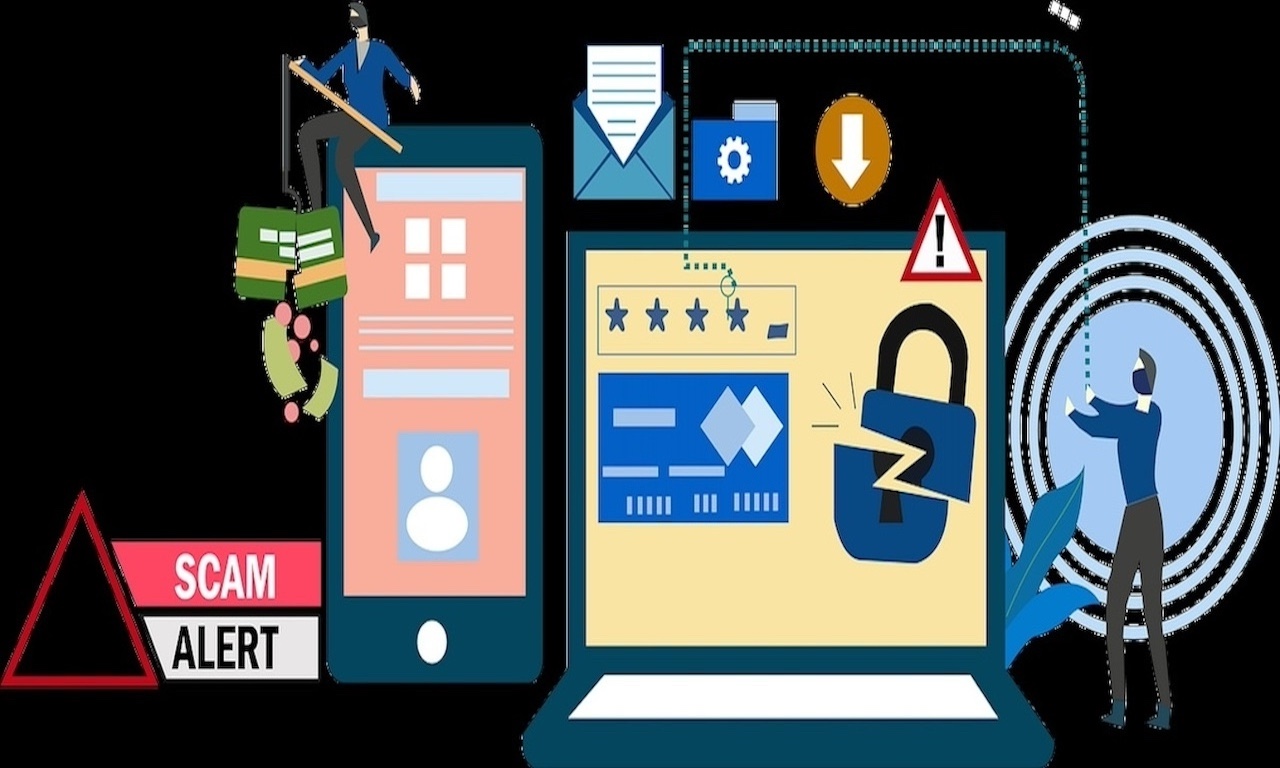Essential Ransomware Detection Tools

A recent report from SANS Instituteshows that ransomware attacks increased by 73% in 20203 and says that our actions have not been enough to thwart the threat.
Another report from Chainanalysis finds that Ransomware Payments Exceed $1 Billion in 2023, Hitting Record High After 2022 Decline.
Mainly targeting high-profile institutions and critical infrastructure, including hospitals, schools, and government agencies, but also individual users.
This article explores some essential tools you can utilize to bolster your defenses against ransomware.
What Is a Ransomware Attack?
Ever imagine being locked out of your own data? That's the chilling reality of a ransomware attack.
This type of malware,malicious software, a kind of digital kidnapper, encrypts your files, holding them hostage until you pay a ransom. It's like having a virtual padlock slapped on your photos, documents, or even your entire computer.
The only way to regain access? Paying thousands to cybercriminals.
These attacks often sneak in through cleverly disguised emails, links, or downloads that appear legitimate. Once clicked, they unleash their destructive power, leaving you scrambling to recover your data.
Are Individual Users in Danger?
While ransomware attacks often target businesses, individuals are not immune.
Cybercriminals might target home computers hoping to find financial information, personal documents, or even exploit vulnerabilities in connected smart devices.
Attackers often use social engineering tactics to trick individuals into clicking on malicious links, opening infected attachments, or downloading ransomware disguised as legitimate software.
Simple steps an individual user can do to increase security is keeping your operating system, applications, and security software updated with the latest patches to address known vulnerabilities and use of strong passwords and implement multi-factor authentication (MFA) to add an extra layer of security.
5 Main Tools for Ransomware Detections
Antivirus and Anti-malware Software
Antivirus software scans your computer for known malware threats. This includes viruses, worms, Trojans, spyware, and other harmful programs.
It uses signature-based detection, which compares files on your system to a database of known malware signatures. Some antivirus programs also employ behavior-based detection to identify suspicious activities that might indicate malware even if it's not yet recognized in the signature database.
Behavior-Based Threat Detection
This approach focuses on analyzing how programs behave rather than just relying on known signatures. By monitoring suspicious activities like rapid file access or unusual network traffic, it can identify novel ransomware variants.
Network Traffic Monitoring
Ransomware often communicates with attacker-controlled servers. Monitoring network traffic for suspicious connections or data exfiltration attempts can raise red flags and help isolate infected machines.
File Integrity Monitoring (FIM)
FIM tools create a baseline of your critical files and track any unauthorized changes. This allows for quick detection of ransomware encryption attempts and potentially restores affected files from backups.
Endpoint Detection and Response (EDR)
EDR solutions go beyond traditional antivirus by continuously monitoring system behavior.
They can identify suspicious activities like unauthorized file encryption, allowing for faster response and potentially stopping an attack in progress.
Combining these tools with robust security practices like strong passwords and keeping software updated significantly reduces the risk of successful ransomware attacks.
By implementing a comprehensive detection strategy, you can identify and neutralize these threats before they cause significant damage.
How to prevent Ransomware?
Due to the disruptive nature and potential costs associated with ransomware attacks, it's crucial to prioritize prevention.
This includes:
Regular Backups Maintaining regular backups of your data to a secure, offline location allows you to recover files even if they are encrypted.
Automated backup software simplifies the process. These programs can schedule backups, compress files, and offer version control (keeping multiple versions of your files). Many operating systems like Windows and macOS have built-in backup tools.
Strong Passwords Enforce the use of strong passwords and implement multi-factor authentication (MFA) to add an extra layer of security.
Consider using a password manager. These applications securely store strong, unique passwords for all your accounts and can automatically fill them in when needed. This eliminates the need to remember multiple passwords and the temptation to reuse them.
Whenever possible, enable MFA on your accounts. This adds an extra layer of security by requiring a second verification step beyond just your password. This could be a code sent to your phone or a fingerprint scan.
Software Updates Keep your operating system, applications, and security software updated with the latest patches to address known vulnerabilities.
Software updates often contain critical security patches that address vulnerabilities exploited by attackers. Additionally, updates might introduce new features, bug fixes, and performance improvements.
Most operating systems and software applications offer the option to enable automatic updates. This is the simplest and most effective way to stay updated.
Employee Training Educate employees about common social engineering tactics used in ransomware attacks to empower them to identify and avoid suspicious emails, links, and attachments.
Creating a comprehensive employee training program, you can significantly increase your organization's resilience against ransomware attacks. A well-informed and vigilant workforce is your best defense.
By implementing a comprehensive security strategy that combines preventative measures with detection tools, you can significantly reduce the risk of falling victim to a ransomware attack.
Conclusion
Ransomware attacks are a constant threat to everyone, not just businesses. These malicious programs encrypt your data, essentially locking you out of your precious files. To regain access, attackers demand a ransom payment, often in cryptocurrency.
This article laid out essential tools to detect ransomware and outlined basic prevention measures you can take as an individual user. By following these steps, you can significantly reduce your risk of falling victim to a devastating ransomware attack.
Recommended Posts

How to Detect Phishing Attacks. Learn top 10 tips to spot phishing emails and protect yourself from online scams.
Read More

Explore the top security risks in open source software, including vulnerabilities, malicious code, and dependency issues. Learn how to mitigate these threats.
Read More

Mobile devices have become an indispensable part of our lives. From communication to banking, these pocket-sized powerhouses hold a wealth of information.
